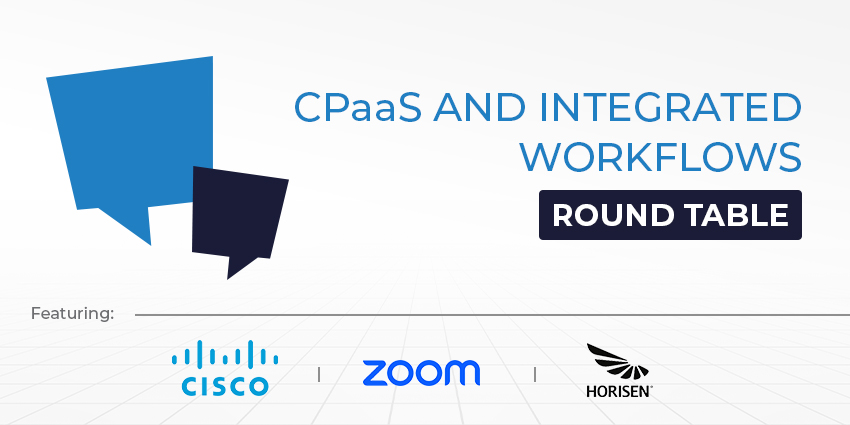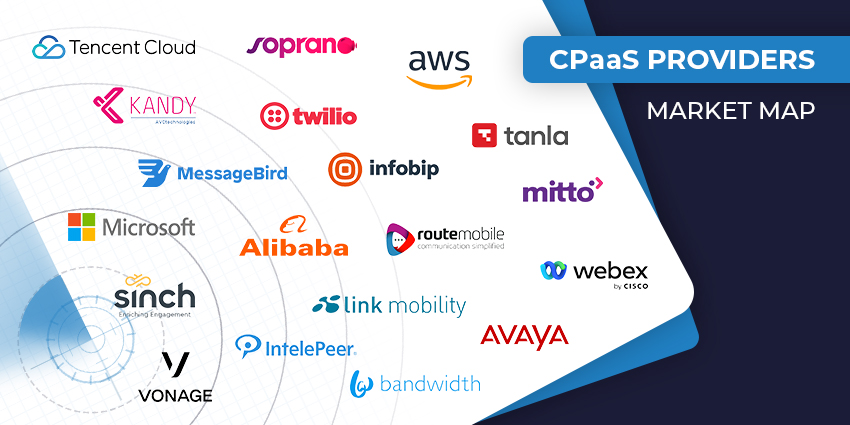It’s likely that many businesses had some form of ‘digital transformation’ plans on the cards at the start of 2020, but the unwelcome arrival of COVID-19 caused everything to change.
Strategies were rewritten (sometimes overnight), plans to move fully online accelerated and whole workforces started working from home – often without the right equipment and infrastructure needed to function effectively. Inevitably, some businesses struggled, and transitions fell short of customer expectations. Confusion reigned and the demand for more information and clarity from contact centre agents rose to unprecedented levels; it was an untenable situation.
It became clear very quickly that to survive, contact centres needed to be able to react quickly to market changes and meet the needs of what Gartner calls ‘the everything customer’. I’m proud to say that it was here that Communication Platform as a Service (CPaaS) came into its own as a key asset and problem solver in the digital transformation toolkit and a critical force in maintaining business continuity.
So how did CPaaS help during the pandemic and what benefits can be applied with it through 2021 and beyond?
- Using integration with Application Programming Interfaces (APIs), CPaaS helped businesses meet heightened customer demand by allowing them to implement new capabilities from other providers into their own applications. In doing so, they were able to quickly make up for any support features they lacked and continue providing a positive customer experience, for example introducing an integrated cloud IVR designed to take the load off the contact centre. Using speech or text workflows, customers were able to get desired outcomes more quickly and more intelligently than using traditional IVRs with limited resources and cumbersome menus
- Through CPaaS, businesses could integrate Artificial Intelligence (AI)-based virtual agents into their existing call infrastructure so that customers could not only serve themselves more efficiently but also have their query automatically recognised and intelligently routed to the most appropriate human agent based on the information given during self-service
- Naturally, no two customers will have the same communication platform preferences, however, using CPaaS meant that customers did not get left behind and ensured the customer experience was seamless. As simple as deploying WhatsApp or Telegram as a digital channel on top of the existing CX solution, CPaaS empowered customers to communicate with a business in the way they wanted to. It was cost-efficient, too – enabling APIs and different channels to simply be consumed depending on the levels of customer demand. That way, businesses only paid for what they needed, when they needed it.
Moving into 2021, we need to take the key learnings from last year and apply them to this. Little surprise then, that IDC is predicting the CPaaS market to grow to $17.2 billion in 2023. After the last year, where its value has really shone, there’s no doubt that CPaaS will play a central role in serving today’s ever-evolving customer demands and expectations for the foreseeable future. The best experiences, after all, are those that anticipate what customers need before they even ask for it – even during a highly unpredictable and unusual time.
Guest blog by Nick Dicksee, UK&I CPaaS Specialist Lead, Avaya







